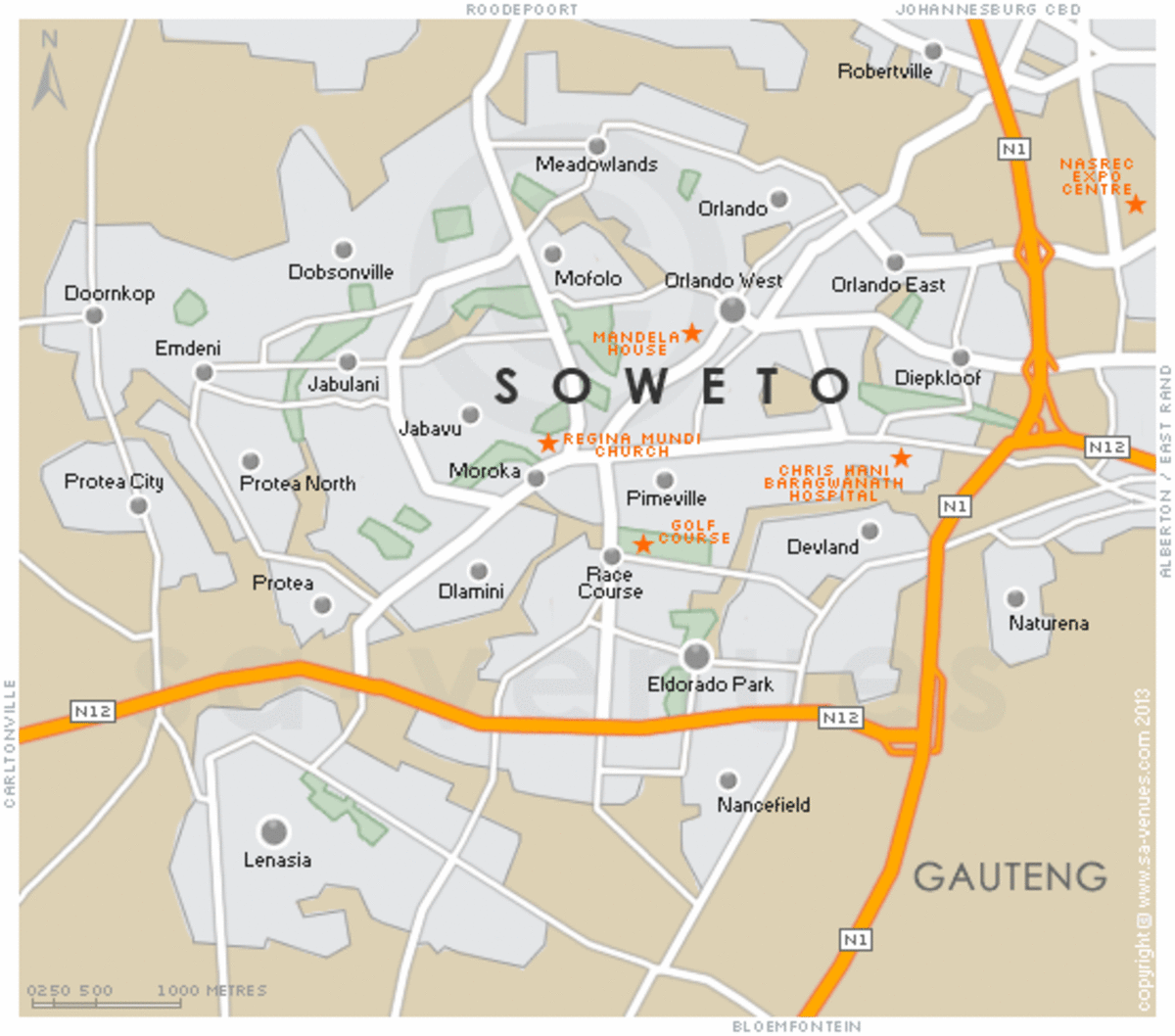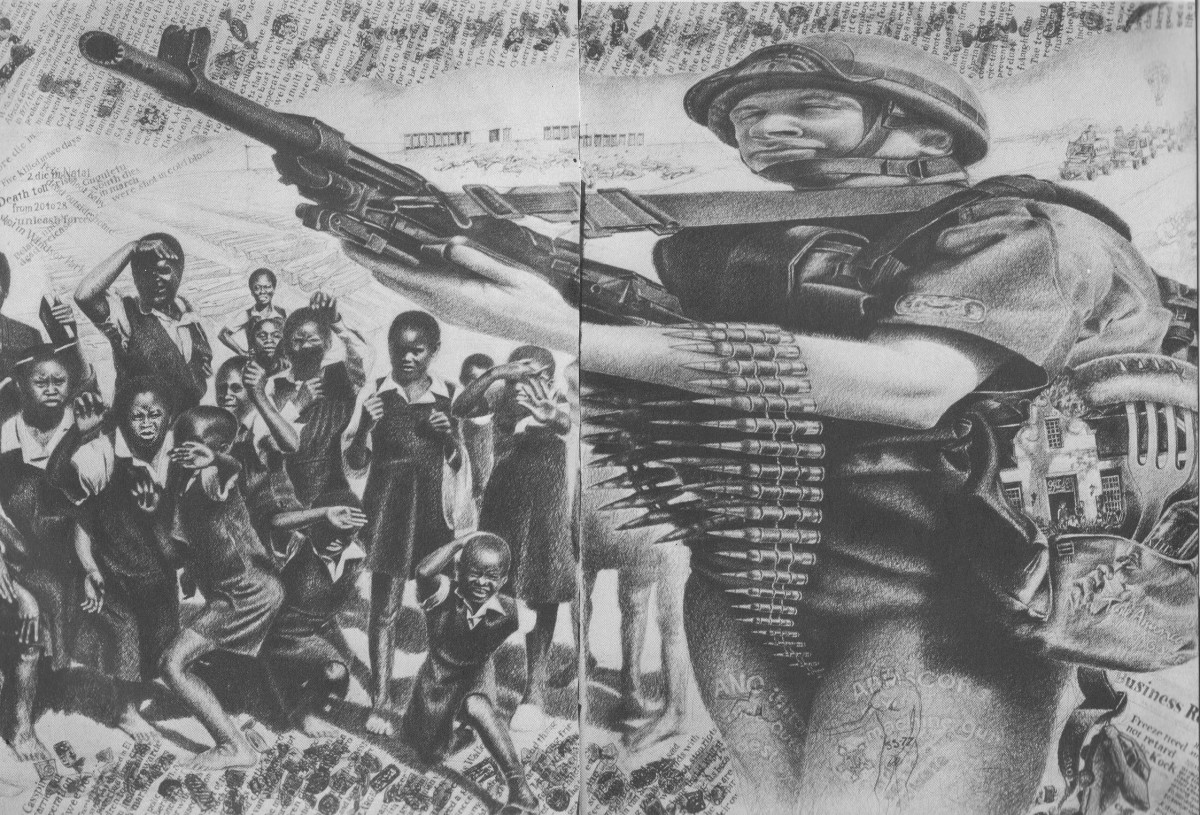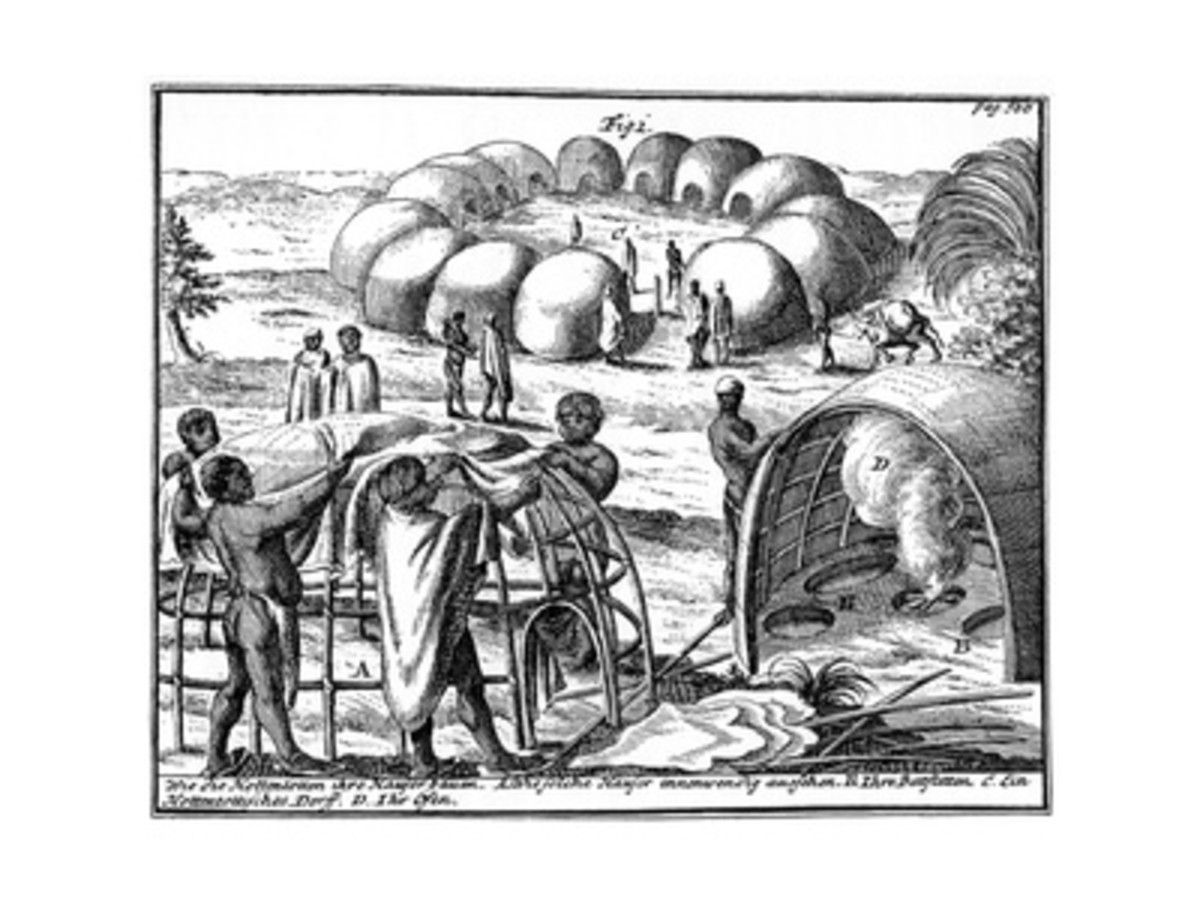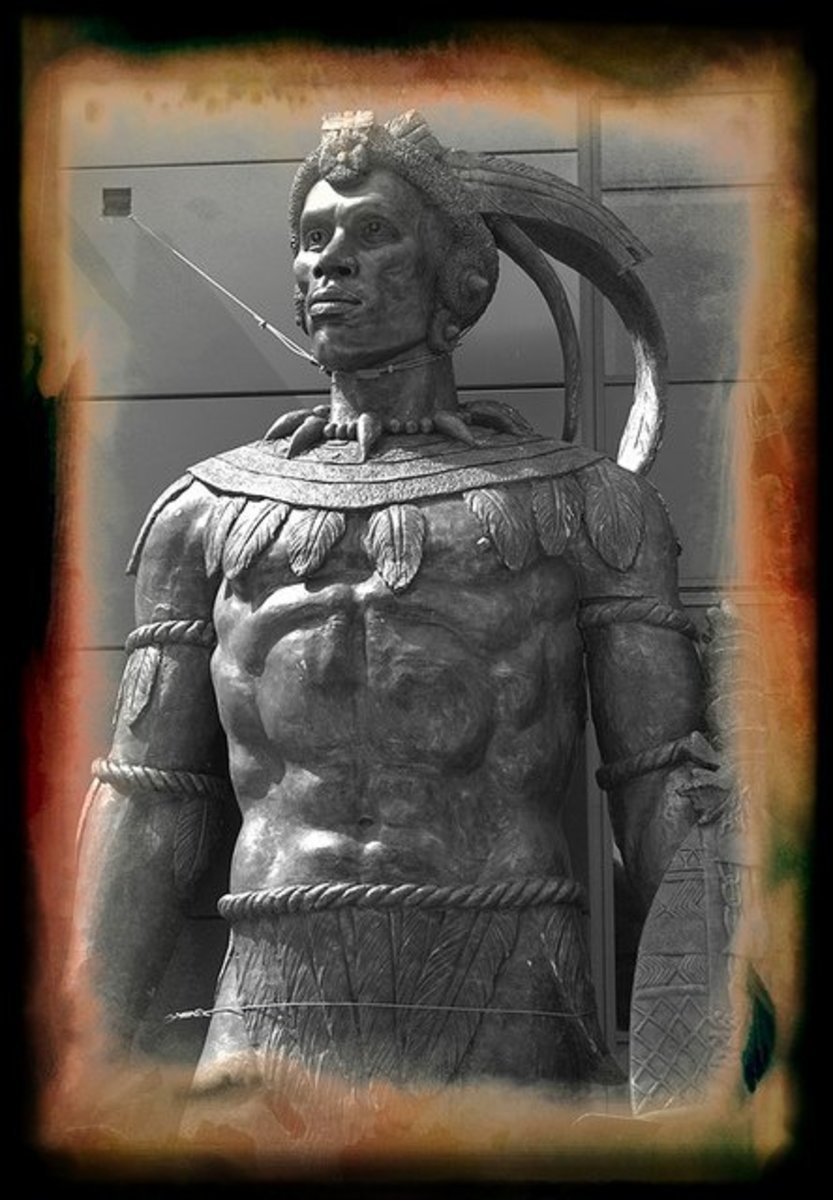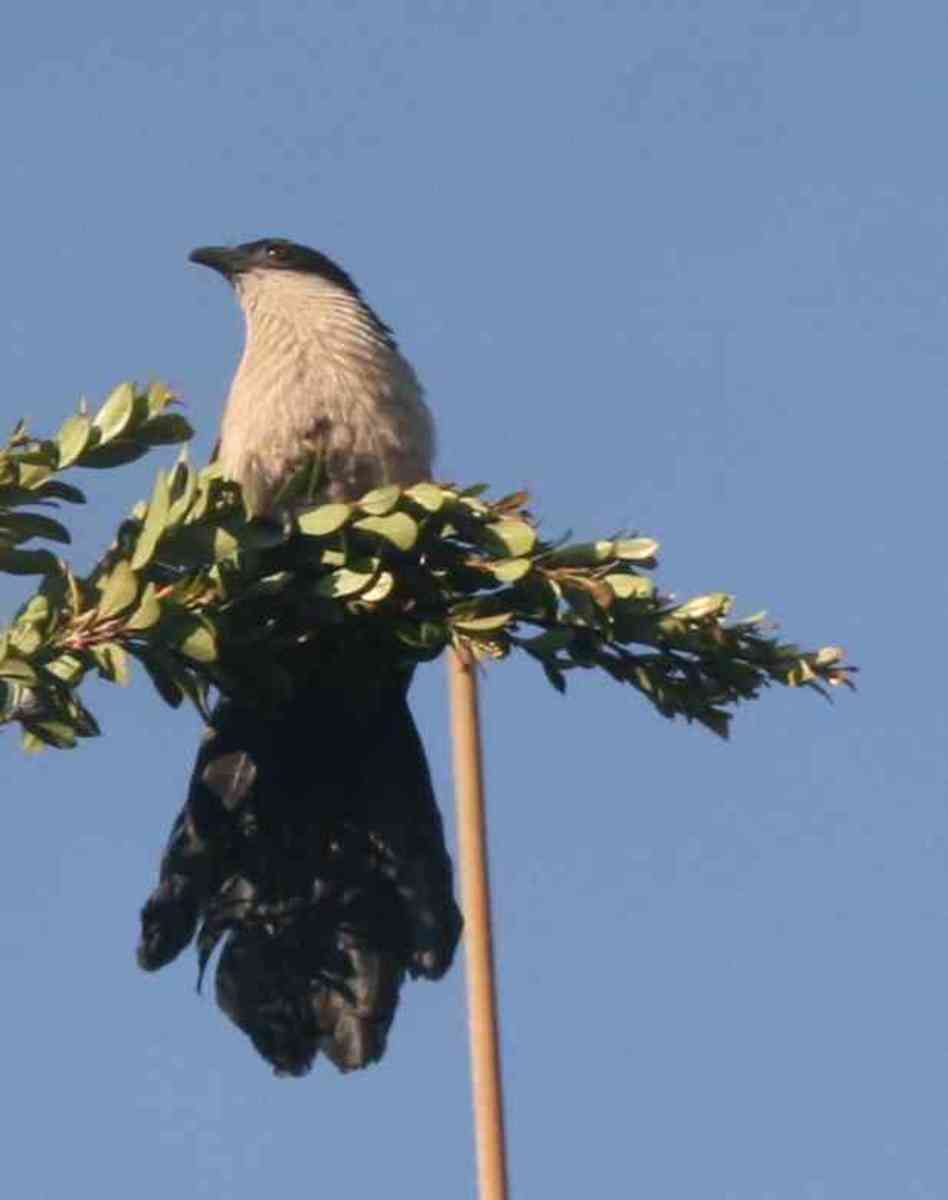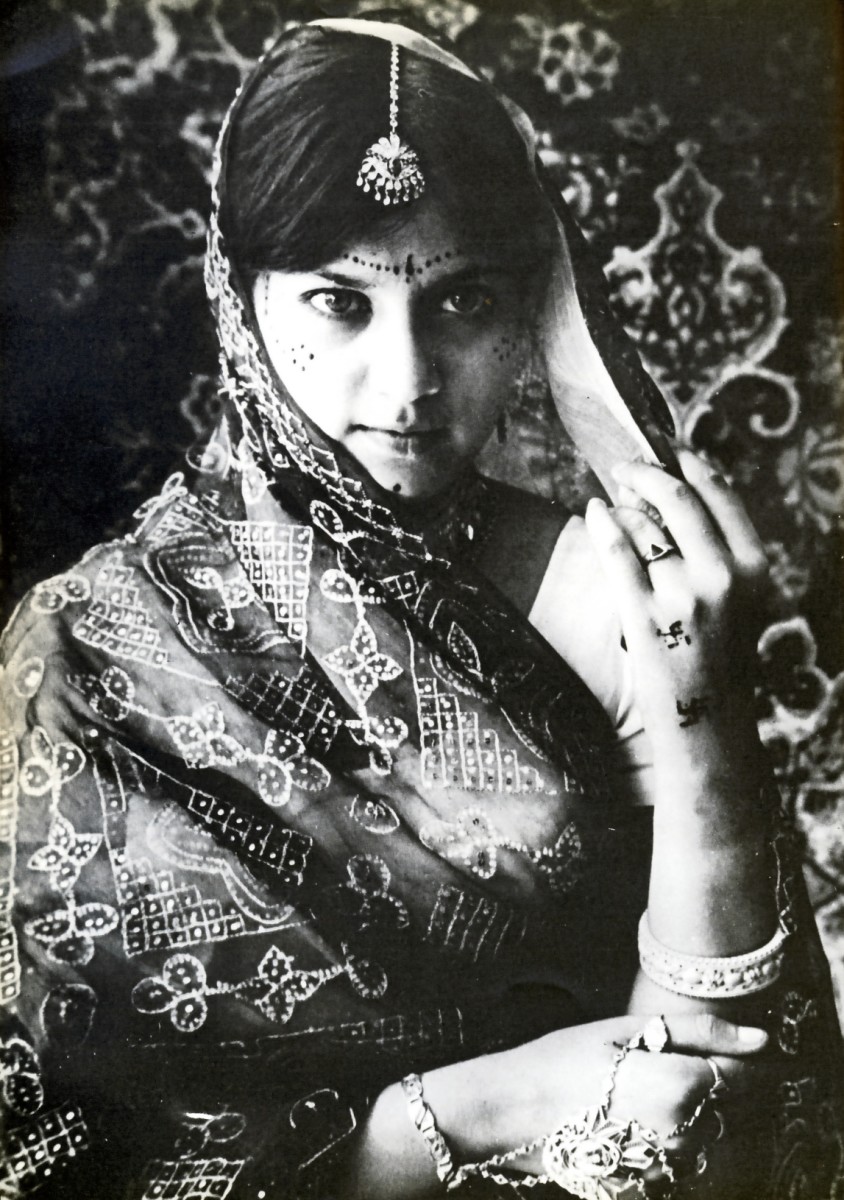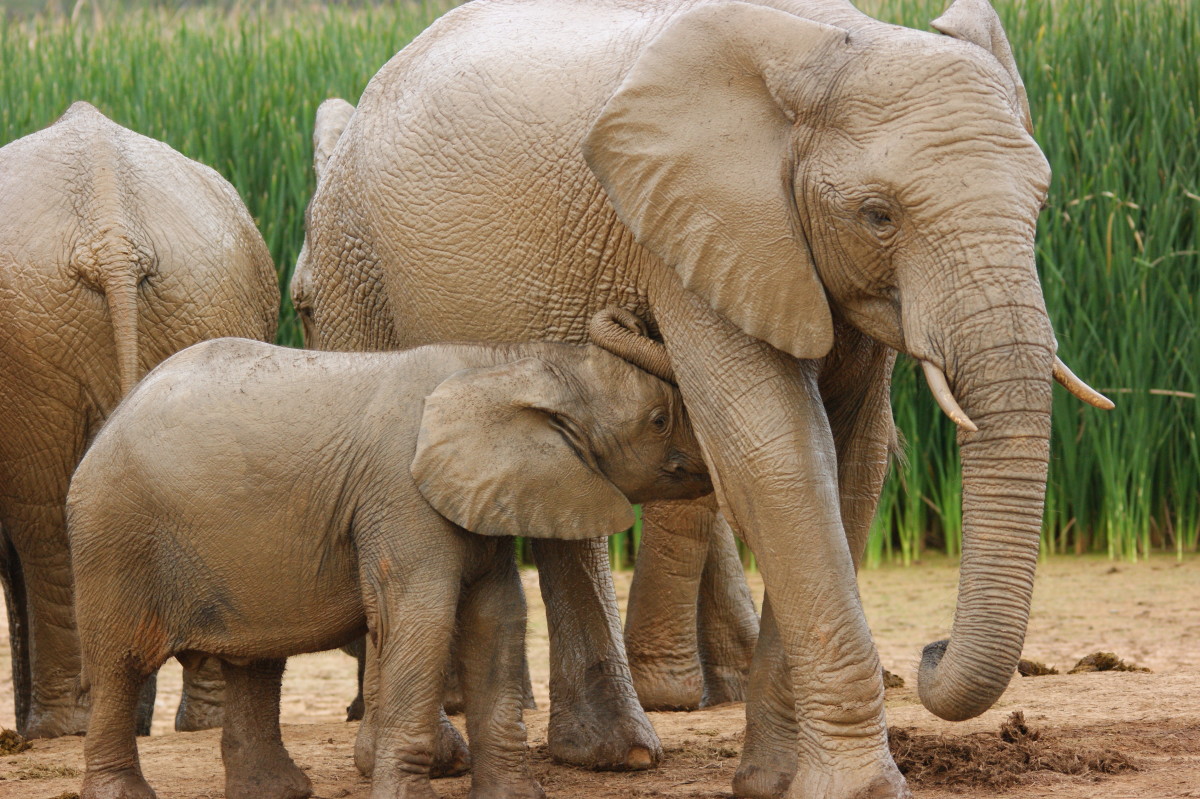- HubPages»
- Travel and Places»
- Visiting Africa»
- Travel to Southern Africa
African Landscapes From South Africa: The People
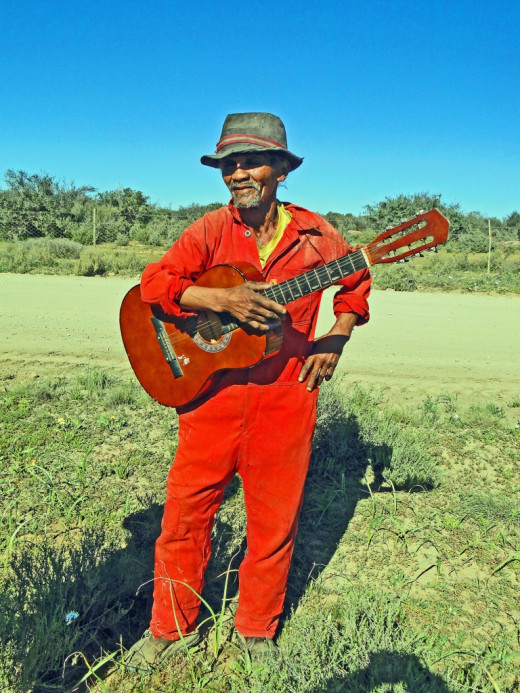
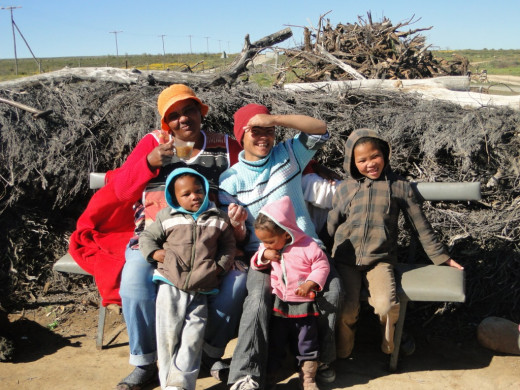
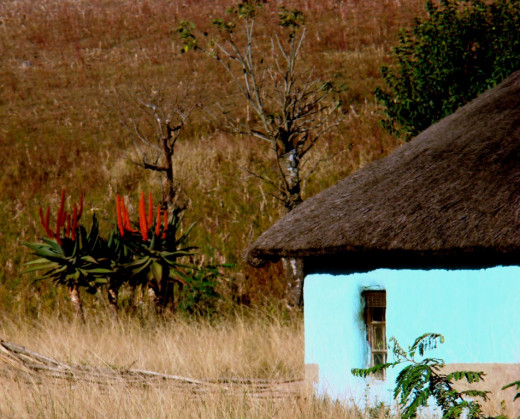
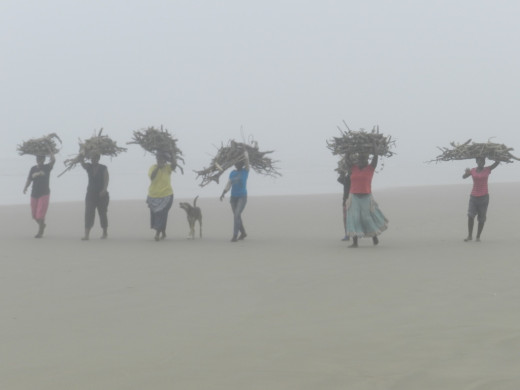
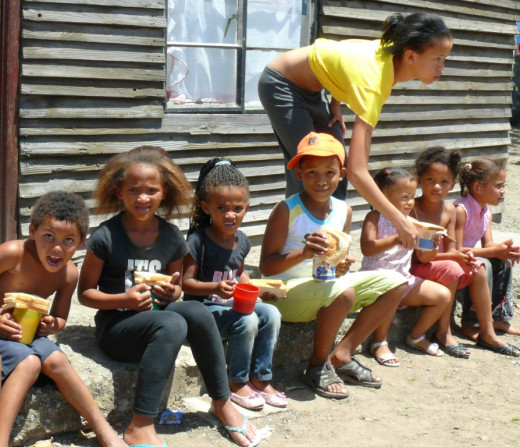
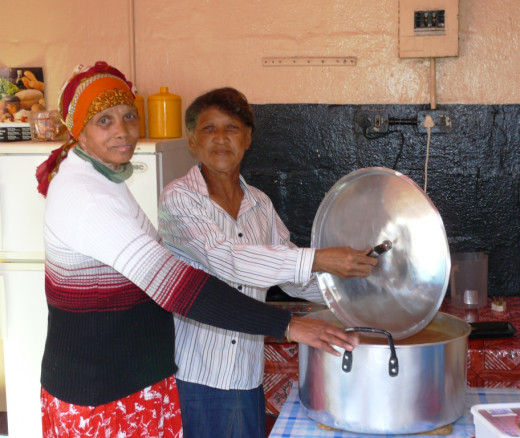
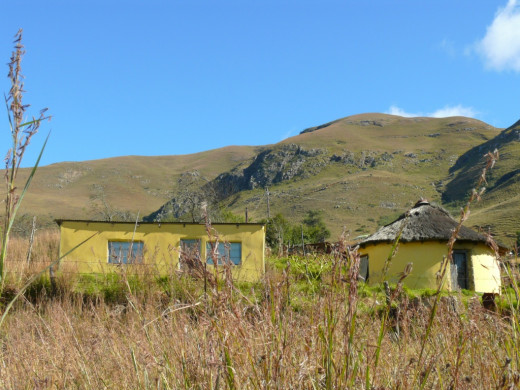
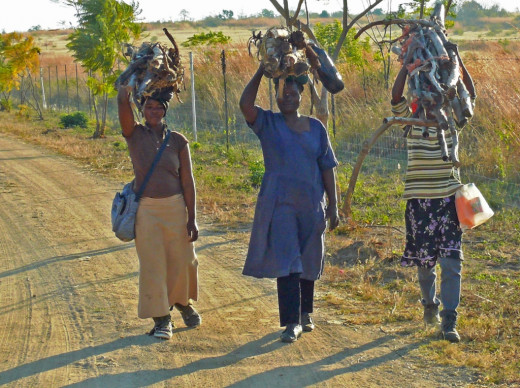
Some people of the Rainbow Nation
With a population of about 51 million, the “Rainbow Nation” as Desmond Tutu referred to it in 1994, is indeed made up of many different people from different backgrounds and nationalities. The earliest people were probably the Khoisan/Strandlopers who lived along the coast and the Bushmen who were also hunters gatherers in the interior. Arriving from the North were the various African tribes driven Southwards in the Mfecane. At least 20 distinct tribes settled in the Southern part of the African Continent. Some like the Xhosa and Zulus moving further south and others like the Batswana ,Swazi, Basotho, Venda and Ndebele settling further North. Three formed independent countries; Botswana to the north/west and the landlocked Lesotho and Swaziland to the north/east.
Arriving at the Cape in 1562 European Settlers from Holland set up a trading station to supply fresh vegetables for ships following the trade routes from Europe to the East. Arriving later were Indian laborers to work on the Sugar Cane fields in Natal and Malay slaves in the Cape. The 1820 Settlers from Britain and at about the same time German Settlers arrived in the Eastern Cape, to form a buffer between the European settlers in the South and the local tribes to the north. Many people from all over the world arrived to find their fortune when Diamonds and Gold was discovered in Kimberly and Johannesburg. In recent years many have entered South Africa from the countries to the north to look for a better life and continue to do so.
This brief history is only a perception formed from reading the various history books that have been written about South Africa and living in the country for the last 70 years. Anyone interested in an excellent overview is encouraged to read Michener’s book “The Covenant”. Recently other books have been published on the subject and can be found in most libraries. What is certain is that like all countries South Africa has enjoyed an interesting history that can be debated and discussed from many different viewpoints. What this article will hopefully do is to introduce you to a few people we have met who make up the present South African people landscape.
South Africans are still classified as White, African (Black), Coloured and Asian. This is considered important as the policy of Black Empowerment is being applied in order to equal the playing fields after the years of Apartheid Policy. Caught somewhere in the middle are the coloured population who often feel like they were oppressed during the white government and now face a similar situation under the Black Government. The coloured are a mixed race that resulted from union of European Settlers and Africans. Be that as it may let me introduce you to a few characters you may enjoy.
Arrie van Wyk and his family. We met this delightful gentleman on a trip to the Namaqualand Coast in 2012 to view the miracle of the flower season there. He is proudly from Koisan descent and works as a farm laborer. At the same time during the flower season Arrie busks next to the road with his guitar. We stopped to chat with him on the road near Nieuwoudtville and he played and sang a few songs and chatted to us about his life. Recently he had played for a group of German tourists in a luxury bus and got tips of over R350, probably more than his monthly salary. We left him to travel on to a nearby flower venue where his family were selling “roosterbrood” (bread cooked over an open fire) at the venue. “Please tell them Arrie is doing well,” he requested as we moved on.
Anna Van Wyk, living in a Coloured Township. She runs a soup kitchen in the Peffeirville area of East London, a so called “Colored Township”, within walking distance of the CBD. Duplex flats and dormitory type buildings are positioned among the sub-economic housing in that area. Many of the people in the area work in shops and factories in the CBD at low wages. Many are part of the unemployed (40% of the South African population) and on the streets young men with little hope of employment and often little ambition sit in the roads smoking dagga and playing board games, to while the time away. Anna is a delightful lady with a wonderful sense of humor who volunteers to serve over 100 children and elderly with a cup of soup and a few slices of bread every Tuesday and Thursday, donated by local businesses and organized by the Church of Christ where she worships.
Tribal living in rural areas. In a recent visit to Swaziland, one of the landlocked independent countries in South Africa we met a group of women carrying wood to their homes to provide their families with fuel for their cooking and washing. In many of the tribal areas in South Africa and the surrounding countries the only fuel for heating water and cooking food is burning wood. These women collect the wood on a regular basis, often far from their homes, for this purpose. They also fetch water by carrying it on their heads from the nearest river. The women on the beach are carrying wood along the beach in the Wild Coast to their homes in the former Transkei, now a part of South Africa. For many people the “New South Africa” has made very little difference in their lives. At the same time they are a huge part of the Rainbow Nation that makes up the human landscape.
It is interesting to note that according to the statistics in the latest census the most popular language in South Africa is Afrikaans (a derivative from Dutch). It is listed by over 6 million people as their home language. At the same time it must be said that English is the language that most people use in business. In the tribal areas however many only speak their tribal language.
Recent visits to Swaziland and Mozambique show that the problems faced by South Africa are similar to those of other surrounding countries. They all face the problems of poverty, unemployment and a huge discrepancy between the rich and poor. There is no easy answer and economic growth has to take place and government corruption rooted out. It is interesting that Mozambique in 1999 received more than a billion dollars in aid from other countries and little seems to have been changed in the lives of the poor. In South Africa 25 year under the new government the gap between the rich and poor continues to grow..Great challenges remain for the future. At the same time progress has been made and will continue to be made. After the storms of need and disparity have passed there will indeed be a rainbow in South African skies..

